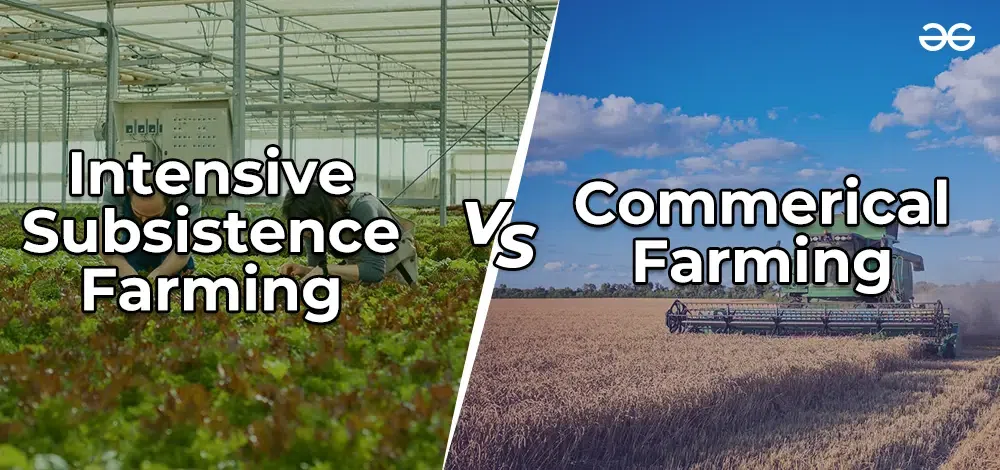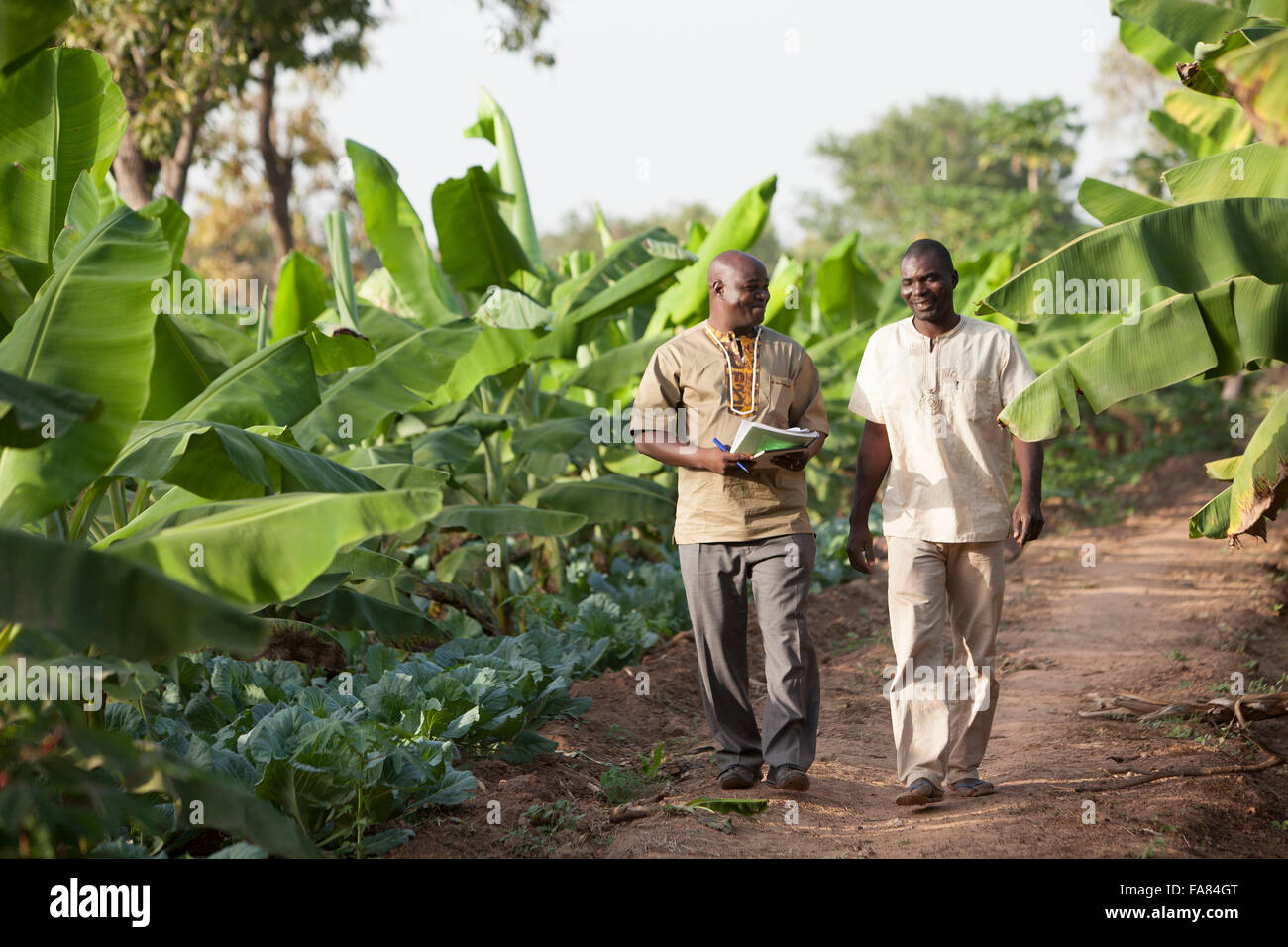Analyzing the Technological Advancements Transforming Accuracy Farming Today
As the agricultural market grapples with the obstacles of feeding a growing population and making sure sustainability, technological technologies are reshaping the landscape of accuracy farming. The complete effect of these technologies on standard farming practices and their long-lasting sustainability remains a topic ripe for expedition.
Drones in Farming

Drones promote exact monitoring of big farming expanses, identifying locations calling for focus, such as pest infestations or vitamins and mineral deficiencies. This targeted approach allows for the enhanced application of plant foods, chemicals, and water, decreasing waste and environmental impact. Drones significantly reduce the time and labor commonly required for field examinations, increasing productivity and reducing functional costs.
Beyond data collection, drones contribute in precision planting and crop splashing, making certain uniform distribution and reducing ground disruption. The integration of drones right into farming exemplifies a shift towards data-driven farming practices, where technology not only boosts typical techniques yet likewise introduces ingenious solutions for future challenges. As the farming market deals with stress from environment change and populace growth, drones offer an appealing method for lasting rise and source preservation.
Satellite Images Breakthroughs
While drones have significantly improved accuracy farming with airborne data collection, satellite images remains to play an essential function in widening the range and range of farming tracking. Satellite modern technology provides vast coverage, making it possible for farmers to accessibility important insights over substantial locations, which is not practical with drone modern technology alone. This is particularly useful for massive ranches that need thorough, regular data.
Advancements in satellite imagery have produced considerable improvements in resolution and regularity of data capture. Modern satellites can currently give imagery with resolutions as fine as 30 centimeters per pixel, enabling detailed analysis of crop health and wellness, dirt conditions, and watering patterns. Additionally, the regularity of satellite passes has increased, making certain that farmers can obtain updated info on a regular basis. This timely data is critical for making informed, real-time choices to optimize plant returns and resource usage.
In addition, the assimilation of hyperspectral and multispectral imagery has actually enhanced the information quality, making it possible for the accurate identification of plant varieties, development stages, and stress and anxiety factors. With artificial intelligence algorithms, farmers can analyze satellite information much more successfully, projecting plant performance and prospective concerns with unprecedented accuracy. These innovations are pivotal in improving sustainable agricultural methods internationally.
IoT in Farming
The introduction of the Net of Points (IoT) in farming stands for a paradigm change in agricultural monitoring practices, supplying unequaled connection and data-driven understandings. As IoT tools proliferate across farmland, they give real-time monitoring and control over various farming processes. These smart devices, that include soil sensing units, weather stations, and animals radar, gather and transmit data to central platforms, allowing you can check here farmers to optimize and make informed decisions resource usage.
IoT modern technology helps with precision farming by improving the accuracy of data collected from the area. Soil wetness sensing units can identify variants in moisture levels, enabling for exact watering organizing, which saves water and promotes much healthier plant growth. Similarly, climate sensors provide crucial information on temperature and moisture, helping in pest and disease management with timely treatments.
In addition, IoT-enabled machinery, such as autonomous tractors and drones, even more improve operations by automating labor-intensive tasks and reducing human error. These innovations not just raise effectiveness however additionally add to sustainability by minimizing inputs like water, plant foods, and pesticides. As IoT remains to develop, its assimilation into farming techniques will likely deepen, driving efficiency and sustainability in the agricultural industry.
AI-Driven Analytics
Building upon the robust data collection abilities of IoT, fabricated knowledge (AI) becomes a powerful device in transforming raw information right into workable insights for precision farming. AI-driven analytics leverages artificial intelligence algorithms to examine huge datasets collected from drones, sensing units, and satellites. This makes it possible for farmers to make informed choices regarding plant monitoring, dirt health, and source appropriation. By determining patterns and anticipating results, AI equips farmers to maximize their methods, resulting in increased return and lowered waste.

Additionally, AI-driven analytics sustain accuracy farming by supplying customized referrals for growing timetables and watering monitoring. These understandings assist enhance water use, lining up with sustainability objectives. By delivering real-time insights and critical support, AI-driven analytics not just improve functional effectiveness yet likewise add towards lasting agricultural methods, safeguarding food supply chains for the future.
Robotics and Automation
In the realm of accuracy farming, go right here robotics and automation are transforming farming practices by supplying unmatched efficiency and accuracy - commercial farming vs subsistence farming. These innovations are increasingly being incorporated right into various farming procedures, from harvesting and growing to surveillance and maintenance. Automated systems, such as autonomous tractors and robotic farmers, enable description the optimization of labor-intensive jobs, minimizing human mistake and labor costs. These devices are outfitted with sensors and general practitioners innovation, allowing them to operate with high precision and adapt to differing field conditions.
Moreover, robot systems improve crop monitoring and management. Drones furnished with imaging technology can evaluate large areas promptly, supplying real-time information on plant health and wellness and soil problems.
The combination of robotics and automation in precision farming additionally addresses sustainability worries (commercial farming vs subsistence farming). By maximizing inputs and maximizing outputs, these modern technologies assist minimize ecological influence. Subsequently, robotics and automation not just transform agricultural performance yet likewise contribute considerably to sustainable farming methods.
Conclusion
Technical advancements are essentially reshaping accuracy farming by incorporating innovative devices like drones, satellite images, IoT devices, AI-driven analytics, and robotics. Robotics further enhance operations, leading to cost decreases and improved performance, inevitably changing typical farming methodologies.
Revolutionizing the agricultural landscape, drones have emerged as an essential tool in precision farming.IoT modern technology promotes accuracy farming by improving the accuracy of data accumulated from the field.Building upon the robust data collection capabilities of IoT, man-made knowledge (AI) arises as a powerful tool in transforming raw information into workable understandings for accuracy farming.In the world of accuracy farming, robotics and automation are revolutionizing agricultural techniques by using unprecedented performance and accuracy.Technological developments are essentially reshaping precision farming by integrating sophisticated devices like drones, satellite images, IoT devices, AI-driven analytics, and robotics.